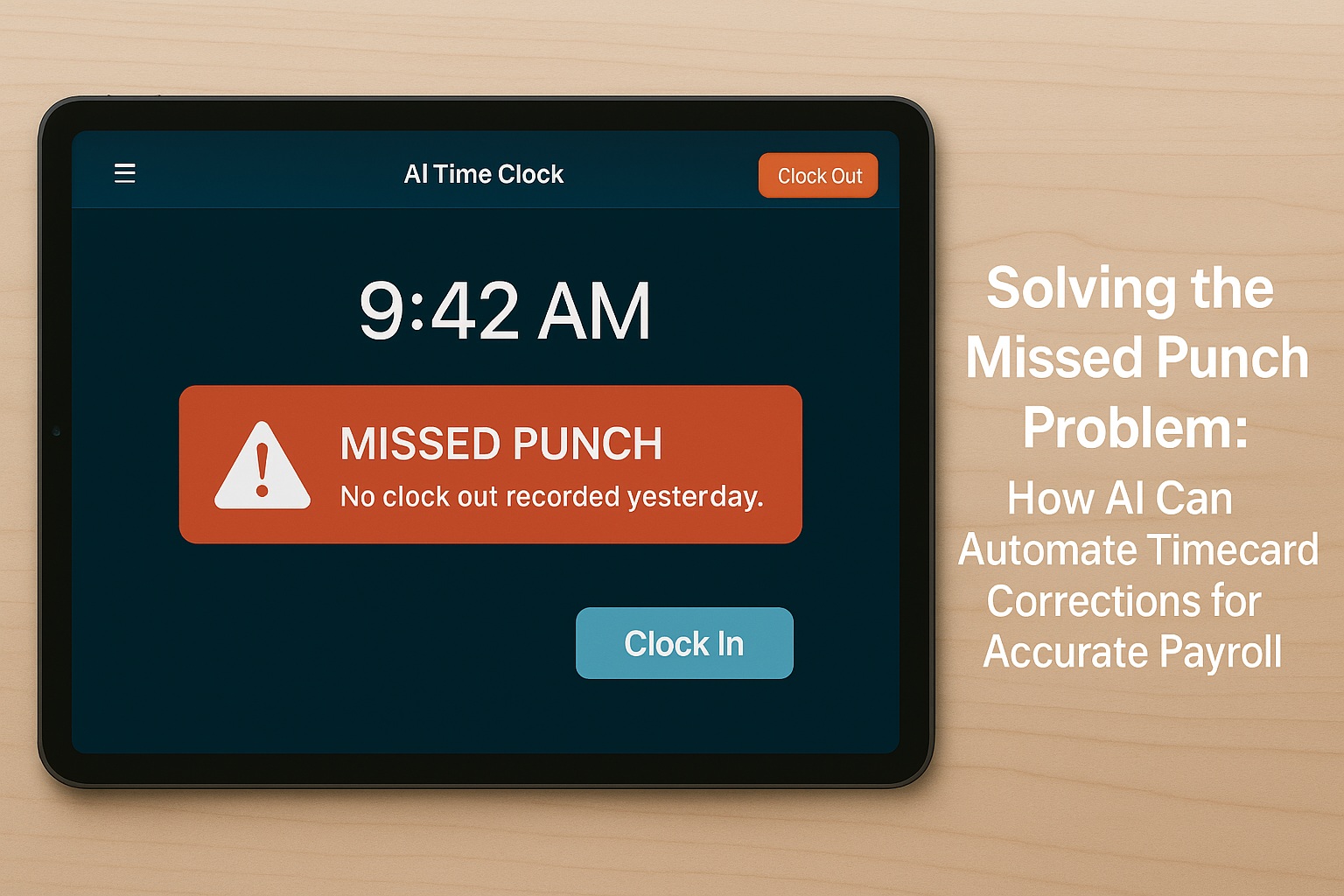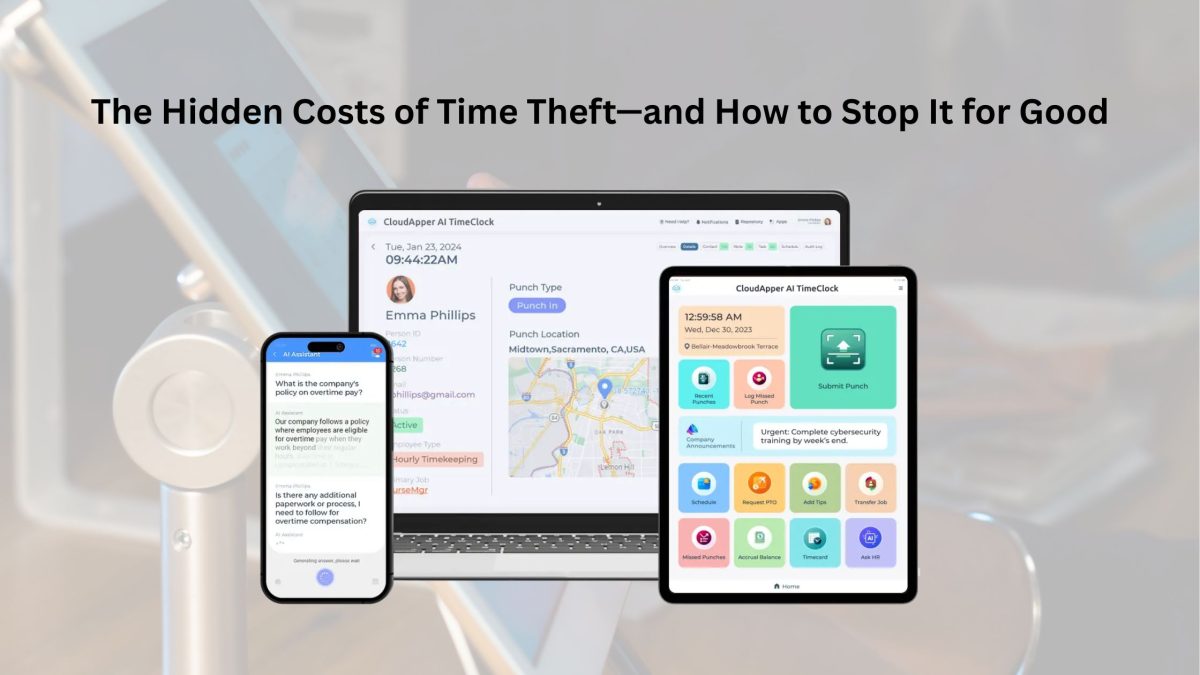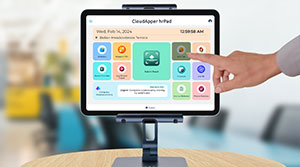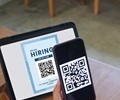Time theft costs U.S. businesses billions annually through buddy punching and inflated hours. CloudApper AI TimeClock eliminates these losses with facial recognition, real-time anomaly detection, and seamless integration with Workday, UKG, and other payroll systems. Stop time theft before it starts and protect every payroll dollar effortlessly.
Table of Contents
Time theft is quietly draining billions of dollars from businesses every year. According to the American Payroll Association, 75% of U.S. companies lose money to time theft, with buddy punching, manual edits, and inflated hours driving most of the loss. In this article, I’ll break down exactly how time theft happens, what it really costs, and how you can stop it using modern tools like CloudApper AI TimeClock.
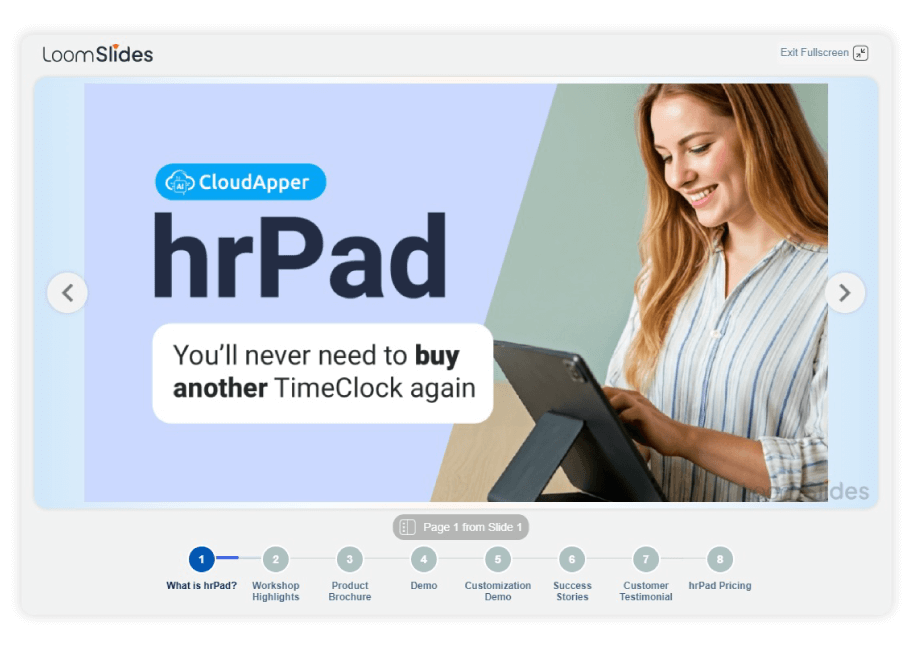
For more information on CloudApper AI TimeClock visit our page here.
As a workforce management professional with over 15 years in labor cost control and payroll optimization, I’ve seen firsthand how even small timekeeping problems can escalate into serious financial and compliance issues. From healthcare to manufacturing, every organization I’ve worked with has underestimated how much time theft affects their bottom line.
Let’s look deeper into why it happens—and what you can do about it.
What is Time Theft?
Time theft happens when employees are paid for time they didn’t actually work. This can occur intentionally or unintentionally and usually falls into a few categories:
- Buddy Punching: One employee clocks in or out for another.
- Inflated Hours: Employees round up their work hours or record breaks incorrectly.
- Unauthorized Overtime: Extra hours claimed without proper approval.
- Late Starts or Early Departures: Timecards that don’t match reality.
According to a study by Software Advice, 43% of hourly employees admit to exaggerating their work hours at least occasionally.
The Real Cost of Time Theft
Many managers think of time theft as an occasional inconvenience. But the reality is much bigger:
- Annual Cost per Employee: $1,500–$4,500 lost to unworked time.
- Total U.S. Cost: Over $11 billion in wages paid for time not worked (Source: APA).
- Payroll Errors: Time theft often requires manual corrections, which cost $50–$75 per incident in labor and compliance resources.
- Compliance Fines: If time records are inaccurate, companies risk violations of FLSA, state laws, or union contracts.
Here’s a simple table showing how quickly these costs add up:
| Scenario | Monthly Cost per Employee | Annualized Cost (50 employees) |
| 10 min per day of buddy punching | $200 | $120,000 |
| Unauthorized overtime (1 hr/week) | $250 | $150,000 |
| Inflated breaks | $150 | $90,000 |
| Total Potential Loss | — | $360,000/year |
(Source: American Payroll Association, Workforce Institute)
From my experience, companies often only discover the problem during an audit or when labor costs spiral beyond budget.
How Does Time Theft Happen?
I’ve worked with dozens of businesses that tried to prevent time theft with traditional time clocks or manual sign-in sheets. But those methods leave gaps:
- No biometric verification: Anyone can punch in for someone else.
- No real-time alerts: Early or late punches aren’t flagged until payroll reconciliation.
- Manual adjustments: Supervisors override timecards without accountability.
- Paper logs: Easy to falsify or misplace.
One manufacturer I worked with lost nearly 8% of its payroll to buddy punching alone—until they modernized their system.
Why Time Theft Is So Hard to Catch
If you’re wondering why this problem persists, here’s why:
- Supervisors are busy: They don’t always verify who’s clocking in.
- Employees find workarounds: Shared badges, passwords, or PINs.
- Legacy systems lack automation: No alerts or validation rules.
- Data stays siloed: Time tracking isn’t integrated with payroll or scheduling.
Without an automated, validated process, you’re relying on trust—and that’s not a strategy.
How CloudApper AI TimeClock Stops Time Theft
CloudApper AI TimeClock is built to eliminate these vulnerabilities. Here’s how it works:
1. Facial Recognition Authentication
Instead of PINs or badges, employees clock in and out with a facial scan.
Benefit: No buddy punching—only the actual employee can record their time.
Personal Tip: When I helped a client implement facial recognition, buddy punching dropped from 12% of punches to less than 1% in 60 days.
2. Real-Time Anomaly Detection
The AI automatically flags:
- Early arrivals beyond allowed buffers.
- Late clock-outs.
- Missing punches.
- Unauthorized overtime.
Supervisors get instant notifications via email or text—no more surprises at payroll time.
3. Automated Exception Handling
Employees can submit explanations right at the clock, and managers can approve or deny them with a single click.
Benefit: Less paperwork, full audit trail.
4. Seamless Integration with Payroll
CloudApper AI TimeClock connects to systems like:
- Workday
- UKG
- ADP
- SAP SuccessFactor
- Oracle HCM
- PeopleSoft
- iSolved
Punch data flows directly into payroll and compliance systems—no imports or manual re-entry.
5. Customizable Workflows
Need custom rules? CloudApper can enforce:
- Meal and break compliance.
- Overtime thresholds.
- Role-based cost center assignments.
- Location-specific punching rules.
Real-World Results
Here’s what companies have achieved using CloudApper AI TimeClock:
| Metric | Before CloudApper | After CloudApper | Improvement |
| Buddy Punching Incidents | 150/month | 5/month | ↓97% |
| Timecard Corrections | 200/month | 15/month | ↓92% |
| Payroll Processing Hours | 40/week | 12/week | ↓70% |
| Compliance Violations | 10/year | 0/year | 100% compliance |
Best Practices for Preventing Time Theft
From my career, here are proven tactics:
- Invest in biometrics: Facial recognition is the most reliable deterrent.
- Use real-time alerts: Don’t wait for payroll reconciliation.
- Train employees on expectations: Clear policies reduce accidental noncompliance.
- Audit regularly: Spot trends before they escalate.
- Integrate time tracking with payroll: Data consistency is essential.
Frequently Asked Questions
Q: How does CloudApper handle privacy with facial recognition?
All templates are encrypted and stored securely, fully compliant with GDPR and CCPA regulations.
Q: Can it work offline?
Yes—CloudApper captures punches offline and syncs once the connection is restored.
Q: Will employees resist facial recognition?
Adoption rates exceed 90% when companies clearly explain the purpose and benefits.
Q: What devices can it run on?
Any iOS, Android, or Windows tablet—no need for proprietary hardware.
Q: Can I set different rules for different sites?
Absolutely—each site can have unique punch rules and workflows.
Final Takeaway
Time theft isn’t a minor inconvenience—it’s a profit leak hiding in plain sight. If you want accurate payroll, fewer compliance headaches, and tighter labor cost control, the solution is proactive, not reactive.
CloudApper AI TimeClock makes it simple to stop time theft, automate compliance, and integrate clean, validated data with your payroll systems.
Ready to eliminate hidden labor costs?
Request a demo or learn more about how CloudApper can help you protect every payroll dollar.
What is CloudApper AI Platform?
CloudApper AI is an advanced platform that enables organizations to integrate AI into their existing enterprise systems effortlessly, without the need for technical expertise, costly development, or upgrading the underlying infrastructure. By transforming legacy systems into AI-capable solutions, CloudApper allows companies to harness the power of Generative AI quickly and efficiently. This approach has been successfully implemented with leading systems like UKG, Workday, Oracle, Paradox, Amazon AWS Bedrock and can be applied across various industries, helping businesses enhance productivity, automate processes, and gain deeper insights without the usual complexities. With CloudApper AI, you can start experiencing the transformative benefits of AI today. Learn More
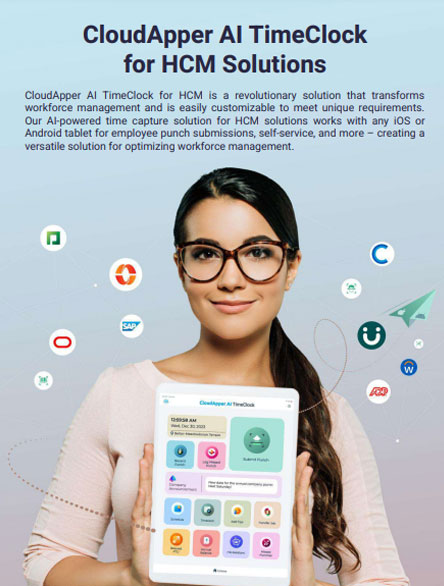
Brochure
CloudApper AI TimeClock
For accurate & touchless time capture experience.
Download Brochure
CloudApper AI Solutions for HR
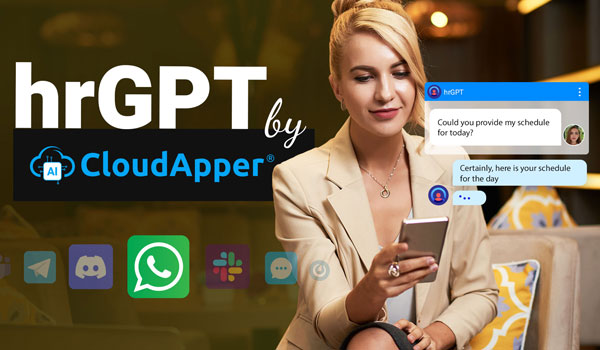
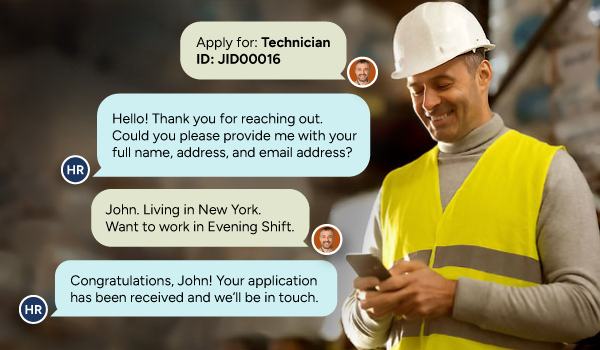

- Works with
- and more.
Similar Posts

Customizing Your Time Clock: Building the Perfect Solution with CloudApper…

How an AI HR Assistant in Your Time Clock Reduces…
